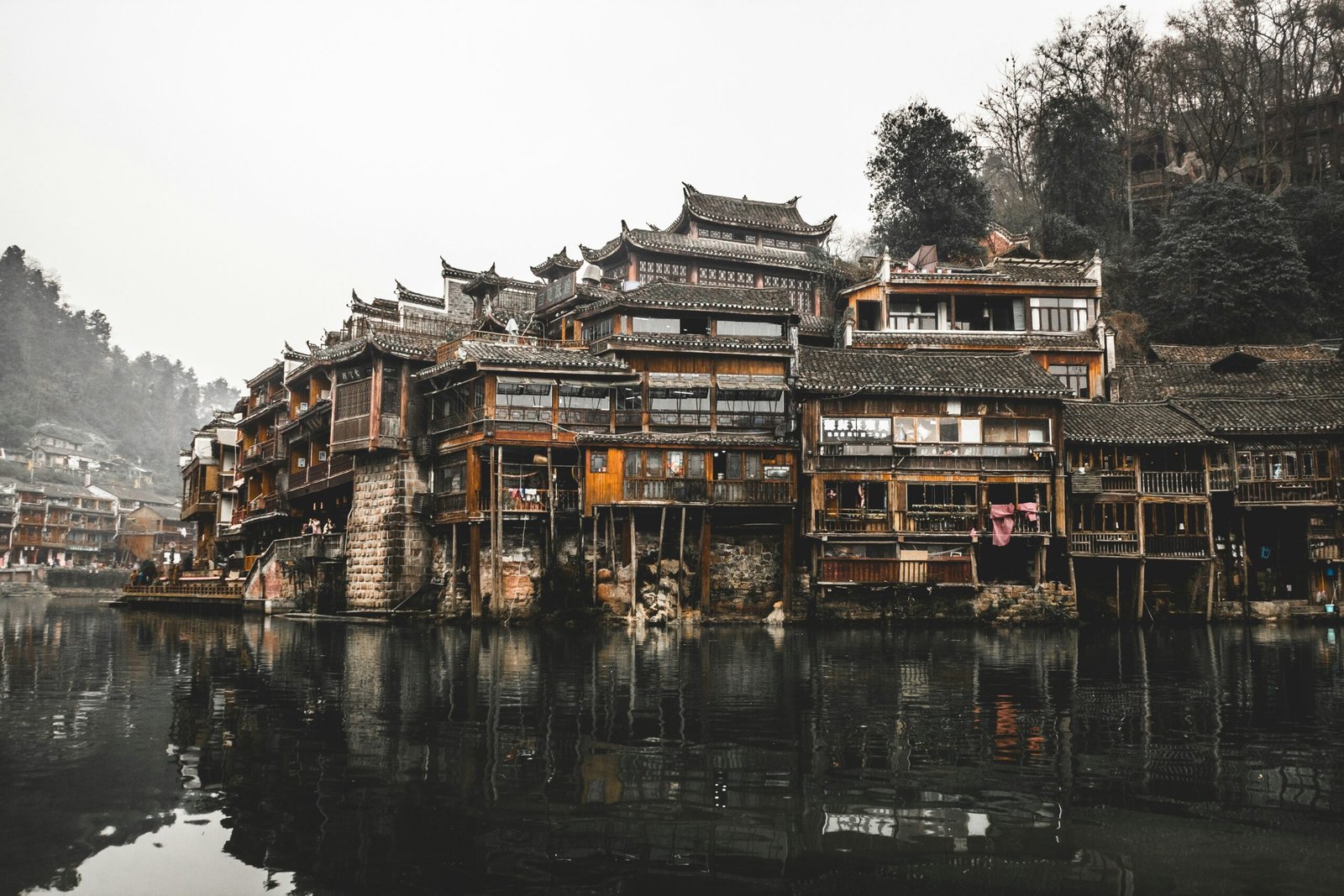The Cultural Essence of China’s National Anthem
The national anthem of China, “March of the Volunteers,” holds profound cultural significance, deeply rooted in the country’s history and collective consciousness. Composed in the 1930s during a period of intense conflict, the anthem emerged as a powerful symbol of resistance against the Japanese invasion. The lyrics, written by poet Tian Han, and the music, composed by Nie Er, encapsulate the spirit of determination and resilience that defined the Chinese people’s struggle during those turbulent times.
Officially adopted as the national anthem in 1949, “March of the Volunteers” has since been a cornerstone of Chinese identity. Its stirring lyrics, calling for unity and patriotism, resonate with the collective memory of a nation that has long valued these principles. The anthem’s opening lines, “Arise, ye who refuse to be slaves! With our flesh and blood, let us build a new Great Wall!” are a clarion call to action, reflecting a deep-seated cultural emphasis on collective struggle and national solidarity.
Beyond its historical and lyrical significance, the anthem also plays a vital role in Chinese arts. It has inspired numerous adaptations in music and cinema, serving as a recurring motif in films that depict China’s revolutionary history and the resilience of its people. The anthem’s powerful melody and evocative lyrics have made it a staple in national celebrations and international events, where it stands as a representation of China’s enduring spirit.
The cultural essence of “March of the Volunteers” extends to its role in education and public life. It is taught in schools, ensuring that each generation understands its historical context and the values it promotes. Whether sung at official ceremonies or international sporting events, the anthem continues to unify and inspire, embodying the strength and perseverance of the Chinese nation.
Cultural Parallels and Connections Between China and India
The cultural tapestry woven between China and India is rich and intricate, marked by centuries of interaction and exchange. One of the most profound historical links is the Silk Road, an ancient network of trade routes that facilitated not only the exchange of goods but also the transmission of ideas, art, and religion. Buddhism, originating in India, journeyed along these routes to China, profoundly influencing Chinese spiritual and cultural life. This intermingling of religious philosophy exemplifies the deep-rooted cultural connections between the two civilizations.
Both nations’ anthems reflect shared values and themes, particularly the emphasis on collective struggle and national unity. China’s “March of the Volunteers” and India’s “Jana Gana Mana” both evoke a sense of national pride and collective identity. These anthems, while unique in their contexts, resonate with the broader cultural ethos of perseverance and solidarity that define both countries. The historical contexts of these anthems, shaped by struggles for sovereignty and unity, mirror each other, underscoring a shared narrative of resilience.
In modern times, cultural exchanges between China and India have flourished, enhancing mutual understanding and appreciation. Collaborative efforts in arts, music, and cinema have played a pivotal role in this cultural symbiosis. Joint film productions, art exhibitions, and musical collaborations have not only showcased the unique aspects of each culture but have also highlighted the commonalities that bind them. For instance, Indian classical dance forms like Bharatanatyam have found audiences in China, while Chinese martial arts have captivated Indian enthusiasts.
These cultural exchanges have enriched the cultural landscapes of both nations, creating a dynamic interplay that continues to evolve. The cultural elements encapsulated in China’s anthem resonate deeply with India’s cultural heritage, reflecting themes of unity, resilience, and shared history. This nuanced understanding of cultural connections underscores the enduring relationship between China and India, a relationship that continues to thrive through ongoing dialogue and collaboration in various cultural domains.




